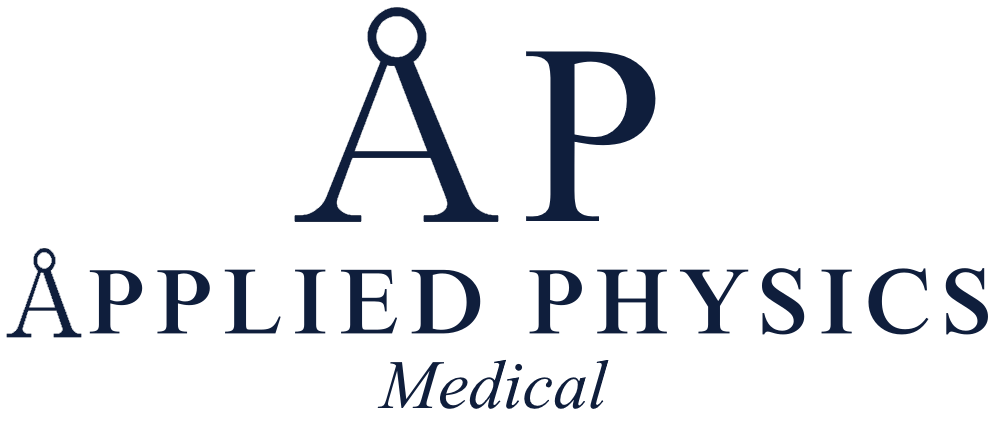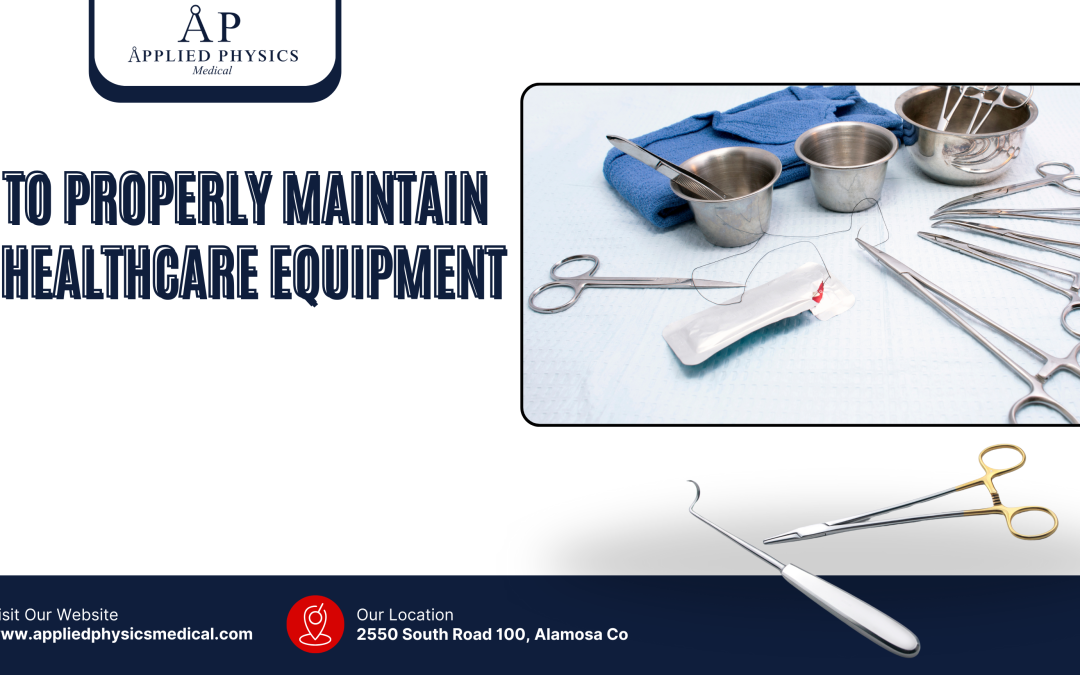Introduction
Proper maintenance of healthcare equipment is essential to ensure the safety and well-being of patients and staff. One of the most important aspects of maintenance is regular cleaning and sanitizing of equipment. This helps to prevent the spread of infections and ensures that the equipment functions properly.
Healthcare facilities should have a strict cleaning schedule in place for all equipment, including regular disinfection of high-touch surfaces. This can help to reduce the risk of healthcare-associated infections and keep the equipment in good working condition. In addition to regular cleaning, it is important to use the right cleaning products and techniques to ensure that the equipment is properly sanitized.
Different types of equipment may require different cleaning methods, so it is important for staff to be trained on the proper cleaning procedures for each piece of equipment. Using the wrong cleaning products or techniques can damage the equipment and compromise its effectiveness. By following a strict cleaning and sanitizing schedule, healthcare facilities can ensure that their equipment is safe and effective for patient use.
Key Takeaways
- Regular cleaning and sanitizing of healthcare equipment is essential to prevent the spread of infections and maintain patient safety.
- Scheduled maintenance and inspections should be conducted to ensure that healthcare equipment is functioning properly and to identify any potential issues.
- Proper storage and handling of healthcare equipment is important to prevent damage and ensure its longevity.
- Training and education for staff on the proper use and maintenance of healthcare equipment is crucial for optimal performance and safety.
- Upgrading and replacing outdated equipment is necessary to keep up with technological advancements and ensure the highest quality of care for patients.
Scheduled Maintenance and Inspections
In addition to regular cleaning and sanitizing, healthcare equipment also requires scheduled maintenance and inspections to ensure that it is functioning properly. This includes routine checks for wear and tear, as well as more in-depth inspections to identify any potential issues. Scheduled maintenance can help to prevent equipment breakdowns and ensure that it is safe for patient use.
Healthcare facilities need to have a maintenance schedule in place for all equipment, with regular inspections by qualified technicians. During scheduled maintenance and inspections, any issues with the equipment should be addressed promptly to prevent further damage or safety risks. This may involve replacing worn parts, calibrating equipment, or making repairs as needed.
By staying on top of scheduled maintenance and inspections, healthcare facilities can prolong the life of their equipment and reduce the risk of unexpected breakdowns. This can help to minimize disruptions in patient care and ensure that the equipment is always ready for use.
Proper Storage and Handling
Proper storage and handling of healthcare equipment is also crucial for maintaining its effectiveness and safety. Improper storage can lead to damage or contamination of equipment, while improper handling can result in accidents or injuries. Healthcare facilities should have designated storage areas for different types of equipment, with clear guidelines for how each piece should be stored.
This may include keeping equipment in a clean, dry area away from potential contaminants, as well as using proper storage containers or covers to protect it from damage. In addition to proper storage, staff needs to be trained on the proper handling of equipment to prevent accidents or injuries. This may include guidelines for lifting and moving heavy equipment, as well as protocols for transporting equipment between different areas of the facility.
By ensuring that equipment is stored and handled properly, healthcare facilities can prolong its lifespan and reduce the risk of safety hazards.
Training and Education for Staff
| Equipment | Maintenance Task | Frequency |
|---|---|---|
| X-ray machine | Calibration and testing | Every 6 months |
| Ultrasound machine | Probe cleaning and inspection | After each use |
| Defibrillator | Battery check and electrode inspection | Monthly |
| Infusion pump | Flow rate calibration | Annually |
| ECG machine | Electrode replacement | Every 3 months |
Proper maintenance of healthcare equipment also requires ongoing training and education for staff. This includes training on how to properly clean and sanitize equipment, as well as how to perform routine maintenance and inspections. Staff should also be educated on the proper storage and handling of equipment, as well as any specific guidelines for using different types of equipment.
By providing staff with the necessary training and education, healthcare facilities can ensure that their equipment is being properly maintained and used. In addition to initial training, ongoing education is also important to keep staff up-to-date on the latest best practices for maintaining. This may include regular refresher courses or updates on new cleaning products or techniques.
By investing in staff training and education, healthcare facilities can ensure that their equipment is being properly maintained and used, which can ultimately improve patient outcomes.
Upgrading and Replacing Outdated Equipment
As technology advances, healthcare facilities must also consider upgrading or replacing outdated equipment to ensure that they are providing the best care possible. Outdated equipment may not only be less effective but could also pose safety risks to patients and staff. It is important for healthcare facilities to regularly assess their equipment inventory and identify any pieces that are outdated or no longer meet their needs.
When considering upgrading or replacing outdated equipment, healthcare facilities should take into account factors such as cost, functionality, and regulatory compliance. It may be necessary to invest in new equipment to improve patient care or meet new regulatory standards. By staying on top of upgrades and replacements, healthcare facilities can ensure that they are providing the best care possible while also maintaining a safe environment for patients and staff.
Compliance with Regulatory Standards
Maintaining healthcare equipment also requires compliance with regulatory standards set forth by organizations such as the Food and Drug Administration (FDA) or the Occupational Safety and Health Administration (OSHA). These standards are in place to ensure that healthcare facilities are providing safe and effective care to patients while also protecting the safety of staff. Healthcare facilities must stay up-to-date on these standards and ensure that their equipment meets all requirements.
Compliance with regulatory standards may involve regular inspections, documentation of maintenance activities, or adherence to specific guidelines for using certain types of equipment. Healthcare facilities should have a system in place for monitoring regulatory standards and ensuring that their equipment is always in compliance. By staying compliant with regulatory standards, healthcare facilities can maintain a safe environment for patients and staff while also avoiding potential fines or penalties.
Monitoring and Tracking Equipment Usage
Finally, proper maintenance of healthcare equipment requires monitoring and tracking its usage to identify any potential issues or trends. This may involve keeping detailed records of when equipment is used, how often it is cleaned or maintained, and any issues that arise during use. By monitoring and tracking equipment usage, healthcare facilities can identify any patterns or problems that may require attention.
Monitoring and tracking equipment usage can also help healthcare facilities make informed decisions about when to upgrade or replace certain pieces of equipment. By analyzing usage data, facilities can identify which pieces are being used most frequently or are experiencing the most issues. This information can help them prioritize maintenance activities or make decisions about investing in new equipment.
Conclusion
By staying on top of monitoring and tracking equipment usage, healthcare facilities can ensure that their equipment is always ready for use while also identifying any potential issues before they become major problems. In conclusion, proper maintenance of healthcare equipment is essential for ensuring the safety and well-being of patients and staff. This includes regular cleaning and sanitizing, scheduled maintenance and inspections, proper storage and handling, training and education for staff, upgrading and replacing outdated equipment, compliance with regulatory standards, and monitoring and tracking equipment usage.


